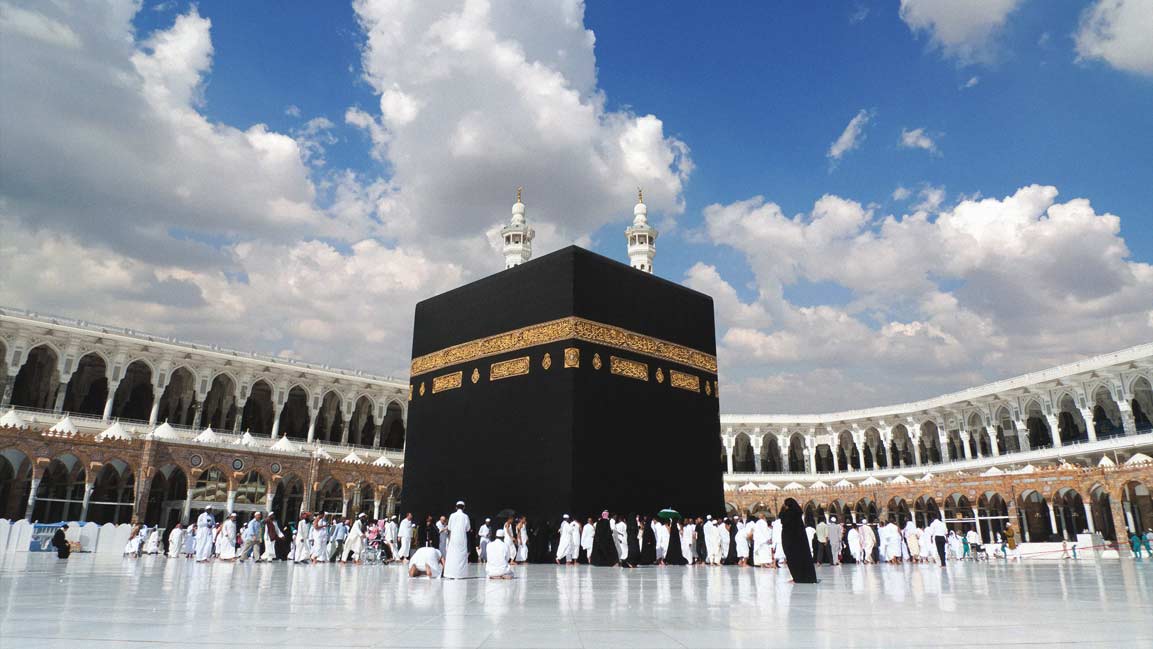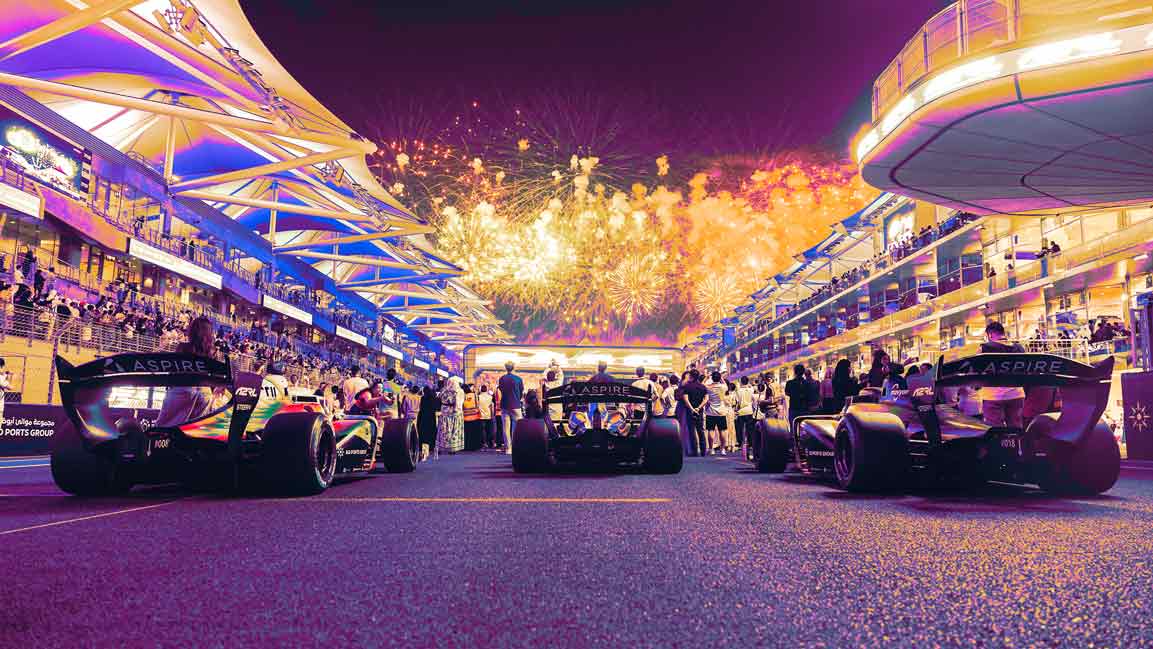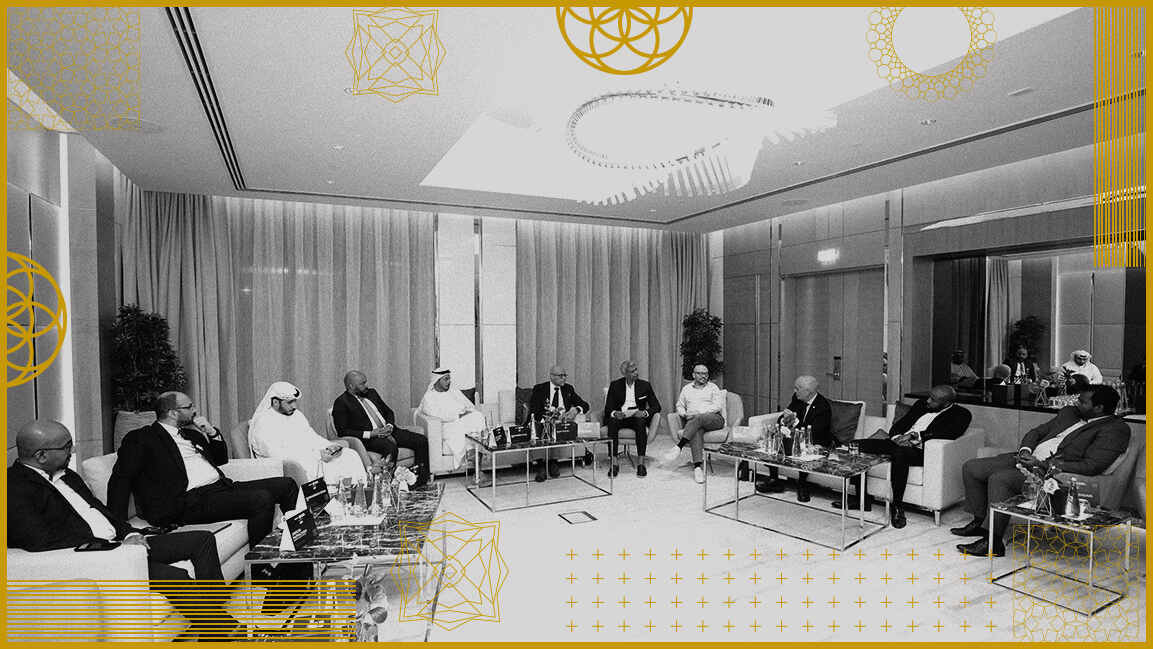The invisible network: Behind the scenes of keeping millions connected during Hajj
stc’s upgrades ensure pilgrims stay connected, no matter how busy it gets

Hosting millions in a single city over just a few days would challenge any nation’s infrastructure. Yet Hajj, one of the most densely populated gatherings on Earth, is powered as much by faith as by the flow of information that keeps everything moving and everyone connected.
Every message sent, every call made, every map opened during Hajj feeds into a vast, invisible system designed to hold up under immense pressure. For pilgrims navigating the journey’s physical and emotional demands, staying connected, whether to find directions, coordinate with others, or simply feel a sense of reassurance, isn’t something that can be taken for granted. When more than a million people converge in a single place, that kind of reliability has to be engineered, deliberately and ahead of time.
After all, enabling high-speed connectivity for over a million pilgrims isn’t only a technical challenge but more of a logistical and emotional one. A pilgrim relying on their phone to find their group or to share a quiet prayer with family back home isn’t thinking about infrastructure. They’re thinking about connection, peace of mind, and the technology that quietly supports one of the world’s most profound human experiences.
Using performance data from over 350 locations during last year’s Hajj, stc analyzed network patterns to identify where improvements were needed most. These insights helped pinpoint exactly where upgrades were needed. The result? A carefully calibrated set of upgrades that boosted network throughput by 30%, meaning when crowds swelled and the pressure peaked, a pilgrim’s call home stayed steady and secure, even in the busiest corridors.
SMART TECH FOR PILGRIMS
Meeting the surge in demand during Hajj required more technical upgrades and also called for planning, precision, and a deep understanding of how people move and connect during the pilgrimage.
To help pilgrims stay in touch with loved ones, access navigation, or simply share a moment from the journey, stc expanded its 5G network by upgrading and adding more than 35 sites. The goal was to improve both speed and reach in places where connectivity matters most, along the pilgrimage routes, in gathering points, and in remote or crowded areas.
Behind every call or quick-loading map was a coordinated effort on the ground. stc set up 11 logistics hubs and 99 maintenance centers operating around the clock, ready to respond to any issue in real time. In places where crowds surged or terrain made access tricky, 21 new sites were added, and 78 mobile units were rolled out. These mobile units moved into high-traffic zones and hard-to-reach areas, ensuring pilgrims stayed connected throughout their journey, no matter where they were or how many people were around them.
Complementing the massive infrastructure efforts, digital innovation is making this year’s Hajj experience smoother and more personal. stc has rolled out AI-powered multilingual guides featuring 3D visuals, displayed on one of the world’s largest smart tables. These interactive tools provide real-time information, enabling pilgrims to navigate rituals with greater ease and confidence.
stc’s subsidiaries are also stepping up to ease the logistical challenges of Hajj with smart digital tools designed for the people on the ground. The Manasik Package, for example, gives operational teams a reliable LTE-based communication system that prioritizes networks, lets them share photos and videos instantly, and tracks locations in real time, helping teams stay connected when every second counts.
Meanwhile, the Miqat Package offers a secure, encrypted network that’s perfect for large organizations and emergency services needing uninterrupted communication during critical moments. To keep everything coordinated, the Event Management Platform acts as a command center, bringing together live monitoring and control rooms so teams can quickly spot issues and make fast decisions.
Together, these tools aim to manage complexity, empower the people working behind the scenes to keep the pilgrimage running smoothly and safely.
STRENGTHENING CONNECTIVITY, ENHANCING SAFETY
Also part of this season’s digital toolkit are stc’s MODAR Wi-Fi services, designed to deliver reliable, high-performance internet to critical facilities that can’t afford interruptions, places where every second online can make a difference, from medical centers to coordination hubs.
Safety gets a high-tech boost as well, with over 1,200 AI-powered Dahua cameras deployed across indoor and outdoor spaces. Integrated with the Black Stone System, these cameras analyze crowd movement in real time to spot unusual activity or potential risks before they become problems.
Preparedness is key during a gathering of this scale. In collaboration with the Saudi Electricity Company, stc has equipped disaster response vehicles with mobile connectivity units that include internet access, satellite communication (VSAT), Wi-Fi, screens, and routers. These mobile command centers bring vital connectivity right to where it is needed, ensuring emergency teams can respond quickly even in the most challenging conditions.
stc’s preparations for the Hajj season 1446 AH underline the complexity of managing communications for one of the world’s largest gatherings. The network now spans 144 key locations, supported by teams working around the clock to ensure uninterrupted service. This infrastructure includes 78 mobile units and nearly 300 5G-enabled sites, along with close to a thousand public Wi-Fi access points throughout the pilgrimage zones.
What stands out is the attention to detail, like reinforcing indoor coverage with over 200 in-building systems and upgrading 83 4G sites while adding 21 new permanent ones to widen the network’s reach.
Logistical support has matched the scale of the event, with 99 monitoring and maintenance centers spread across the holy sites. A fleet of 339 vehicles and motorcycles, backed by 11 dedicated logistics hubs, enables swift responses and efficient upkeep throughout the pilgrimage.
These measures work together to ensure that technical issues are addressed promptly, minimizing disruptions. The coordinated effort aims to maintain connectivity and support for pilgrims throughout the Hajj season.








































